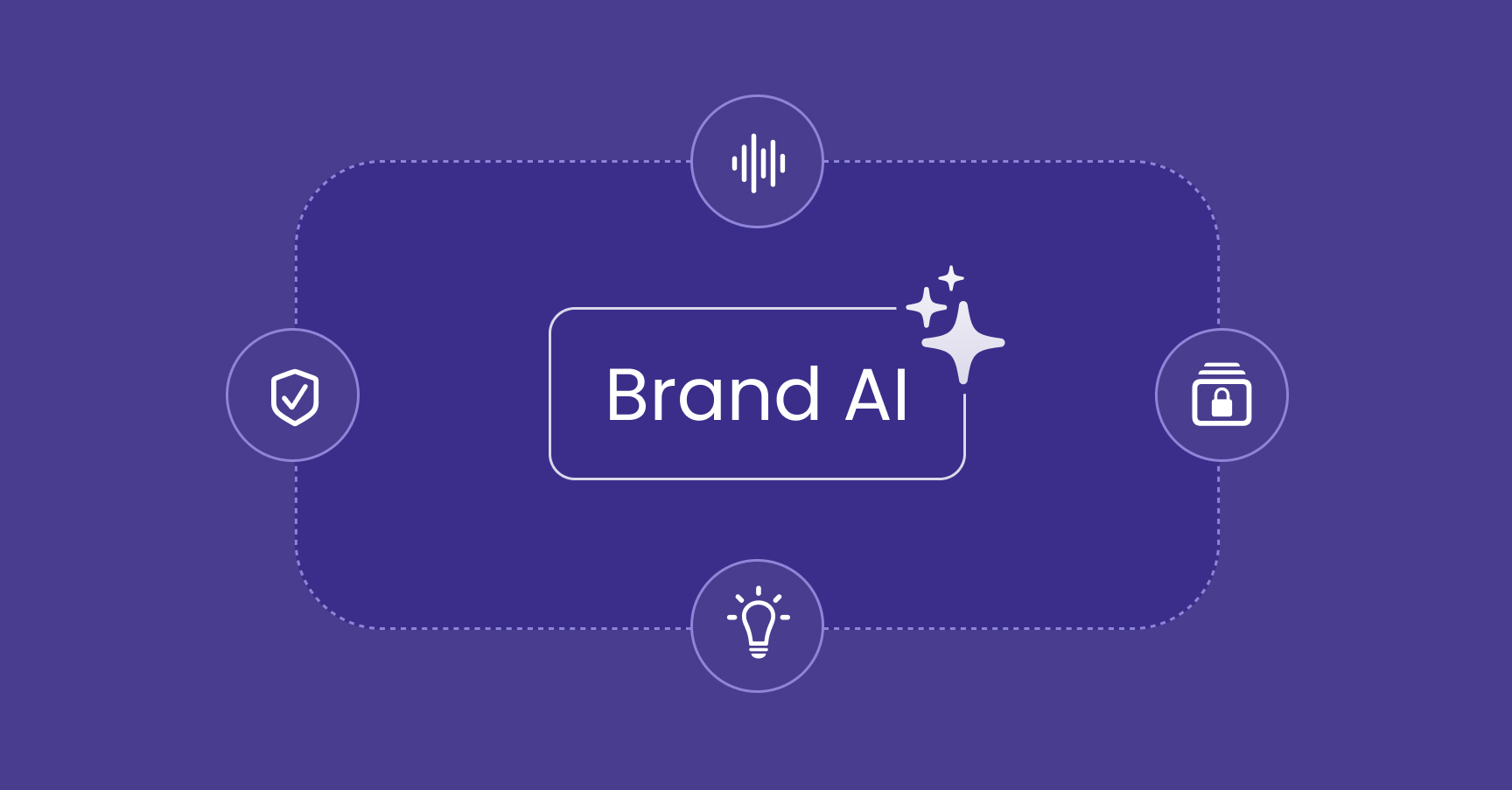In today’s hyper-connected business environment, brand voices compete in a noisy marketplace. Singapore, being a regional hub for finance, tech, and trade, demands sharper communication strategies than ever before. Brands can no longer afford bland messaging; they need stories that cut through the clutter and connect with audiences on a deeper level. That’s where AI content generation steps in—not as a replacement for creativity, but as a powerful amplifier.
Companies here face a unique challenge: balancing speed with authenticity. Content has to be produced quickly to keep pace with shifting markets, yet it must still feel human and relatable. AI bridges this gap by streamlining production, analyzing audience preferences, and generating material tailored for engagement. The stakes are particularly high for businesses exploring AI Content Generation. When your content resonates with decision-makers across industries, you don’t just grab attention—you spark meaningful conversations that convert.
Singapore’s digital-first economy is growing rapidly, with brands investing more in marketing technologies. As a result, companies that embrace AI-driven content strategies are positioning themselves for long-term success. The question isn’t whether AI will redefine brand storytelling in Singapore—it’s how fast you’re willing to adapt and leverage it before your competitors do.

What is AI Content Generation?
At its core, AI content generation is the use of machine learning models and natural language processing tools to create written, visual, or even audio content. Think of it as a digital co-creator that can draft blog posts, ad copy, reports, social media updates, or even entire marketing campaigns. Unlike traditional automation tools, AI doesn’t just follow a script; it learns patterns, adapts to tones, and scales personalization.
In Singapore’s competitive landscape, this isn’t just a convenience—it’s a necessity. Businesses are constantly under pressure to keep their brand voice consistent across multiple platforms. AI helps ensure that tone and messaging stay intact whether you’re publishing a LinkedIn thought leadership post, a customer newsletter, or even a regional campaign. For those invested in AI Content Generation, this means being able to deploy highly targeted content quickly, keeping audiences warm and engaged at every stage of the funnel.
Of course, AI tools don’t eliminate the role of human creativity. Instead, they expand bandwidth. Marketing teams can focus on strategy, storytelling, and client relationships while AI takes care of the heavy lifting in content production. The synergy between human insight and machine efficiency creates a scalable model that allows Singaporean businesses to operate at the speed of relevance.

Benefits of AI Content Generation for Brands in Singapore
The benefits of AI-driven content are not abstract—they’re immediate and measurable. First, there’s the speed. AI tools can churn out draft content in minutes, giving teams the ability to respond to market shifts or breaking news without delay. That kind of agility is priceless when competing for audience attention in real-time.
Second, cost efficiency. Outsourcing or hiring large writing teams can be expensive, especially for SMEs. AI reduces dependency on external resources while empowering in-house teams to do more with less. This scalability is particularly valuable for brands leveraging AI Content Generation. When each piece of content can be repurposed across multiple touchpoints, you’re stretching your marketing dollars while amplifying reach.
Third, consistency. A strong brand voice is non-negotiable in a crowded market like Singapore. Whether a prospect is reading your whitepaper or a quick LinkedIn post, the tone has to feel unified. AI tools are trained to maintain this consistency, reducing the risk of fragmented messaging.
Finally, personalization at scale. One of the strongest capabilities of AI lies in analyzing data. It can tailor messaging for different buyer personas, industries, and even geographies. For businesses focusing on AI Content Generation, this means delivering messaging that doesn’t just sound polished but feels directly relevant to the recipient’s pain points and aspirations.

Challenges and Limitations of AI-Driven Content
Let’s not sugarcoat it—AI content generation isn’t a magic wand. While it delivers efficiency and consistency, there are real challenges that businesses must confront. For one, AI often struggles with nuance. It can mimic tone, but it lacks genuine emotional intelligence. That’s why content solely written by AI can feel flat or robotic if not carefully reviewed.
Then there’s the risk of generic output. Because AI learns from existing datasets, its content sometimes regurgitates ideas without offering fresh perspectives. In Singapore’s sophisticated market, cookie-cutter messaging won’t cut it. Audiences—especially those exposed to AI Content Generation—are savvy and can easily spot uninspired copy.
Ethical considerations also come into play. Businesses need to ensure transparency about AI usage and avoid deceptive practices. Over-reliance on AI without human oversight could lead to reputational risks, particularly if inaccuracies slip into client-facing content.
The gritty truth? AI should never replace human creativity—it should amplify it. Businesses in Singapore must build workflows that blend AI-generated efficiency with human-driven storytelling. The brands that strike this balance won’t just survive in the digital age; they’ll thrive. By acknowledging limitations and strategically overcoming them, companies can extract real value from AI without sacrificing authenticity.

How AI Helps Elevate Brand Voice in a Local Context
Singapore isn’t just another market—it’s a melting pot of cultures, languages, and business expectations. Elevating a brand voice here requires more than just polished English; it demands cultural relevance. AI plays a critical role in this process. By analyzing data from multiple sources, AI tools can help brands fine-tune messages that resonate across English, Mandarin, Malay, and Tamil-speaking audiences.
For companies engaged in AI Content Generation, this multilingual adaptability is a game-changer. Imagine being able to deliver the same core message, seamlessly localized for different cultural touchpoints. That level of nuance builds trust, credibility, and relatability—qualities that decision-makers value deeply.
Case studies show how AI-powered campaigns are already making waves in Singapore. For example, financial services firms are using AI to create targeted insights for clients across different regions, while tech startups leverage AI-driven personalization to speak directly to niche industry pain points. In each case, AI isn’t just a tool—it’s a strategic advantage that elevates brand voice above competitors still relying solely on manual processes.
In a market where authenticity and relatability carry weight, AI doesn’t strip away personality. It gives businesses the bandwidth to refine their voice so that it cuts sharper, reaches further, and resonates deeper.

Best Practices for Businesses Using AI Content Tools
Harnessing AI content effectively requires discipline, not just enthusiasm. First, choose the right platform. Not all AI tools are created equal; some are built for quick social media posts, while others excel in long-form content. Singaporean businesses should align platform capabilities with their strategic needs.
Second, blend AI with human creativity. Let AI handle repetitive tasks like drafting outlines, generating captions, or analyzing performance data. Free up your human talent to focus on high-value tasks: storytelling, relationship-building, and thought leadership. The sweet spot lies in collaboration, not substitution.
Third, keep ethics at the forefront. Transparency about AI usage isn’t just about compliance—it’s about trust. Clients in Singapore want to know they’re dealing with brands that prioritize integrity. Misleading prospects with AI-generated fluff can backfire, especially in AI Content Generation where relationships are built on credibility.
Finally, measure relentlessly. AI makes experimentation easy, but results matter. Use analytics to identify what content resonates most with your audience and refine accordingly. Singapore’s digital ecosystem thrives on precision, and businesses that consistently optimize will always have the edge.
Conclusion: The Future of Brand Storytelling in Singapore
AI content generation isn’t a futuristic concept anymore—it’s here, reshaping how Singaporean businesses communicate, engage, and grow. From speeding up workflows to ensuring consistency and enabling hyper-personalization, AI has proven its worth. But let’s be clear: the brands that will stand out are the ones that don’t just use AI as a crutch. They’ll use it as a strategic partner, marrying machine efficiency with human creativity.
For businesses leveraging AI Content Generation, the stakes are higher. Prospects aren’t just looking for content—they’re looking for voices they can trust. With AI in your toolkit, you can scale relevance, speed, and impact without losing authenticity.
The future of brand storytelling in Singapore belongs to those bold enough to adapt, experiment, and refine. AI isn’t here to steal your voice—it’s here to elevate it. And in a marketplace as vibrant and demanding as Singapore’s, that’s the edge every brand needs.





